There’s no more proper human being thank someone who switches back and forth from child to adult.
Sanda has totally won me over now. It didn’t win the Patron Pick poll (spoiler) – it finished second – but I was already leaning towards staying with it and now it’s official. There are lessons in this, not least that one should trust the pedigree of the creator over the general zeitgeist. Dekin no Mogura is another recent example of this. Itagaki Paru – like Eguchi Natsumi – is a whip-smart writer with no fear. Sometimes that loses people. And follow-ups to major hits sometimes score lower as readers punish them for being different. Sanda is another another notice served that for all their sometimes-ugly production issues, Science SARU is a studio to be taken seriously. They’ve leveled up, and Sanda is a stylish and ambitious adaptation.
There are other parallels between those two sets of series, I think. In the same way Dekin no Mogura is a more linear and coherent series than Hoozuki no Reitetsu, I think Sanda is likewise with Beastars. Itagaki-sensei shows are always about something – they bubble over with ideas. But with Beastars it always feels to me as if she’s not sure herself what they are, and the writing process is about trying to figure that out. With Sanda the themes are in much clearer focus to me. Maybe it and Dekin aren’t as creatively ambitious as Beastars and Hoozuki, but they’re more fully-realized thematically.
Those themes have been crystallizing with Sanda but this week the light switched on fully for me. I think there are two major points Itagaki is making here. First of all, that Japan is creating a generation of failed adults by fetishizing children (thanks to panic over its declining birth rate). It’s this snow globe effect (which overlaps perfectly with the Santa thing, though that wasn’t my intention). Coddle them, “protect” them, stunt their emotional growth. By letting kids be kids we let them grow up, which is the irony of it. Sanda-kun has this realization – what the drawbacks of being a child are, and why he wants to grow into a good adult. But Ooshibu is all about preventing that at any cost.
In fact I think the point here would be that one such generation has already been created, and another is in the process of (non)development. And the other major theme – again, personified largely by Ooshibu – is what happens on the other end of the developmental cycle. Adults who obsess over youth, desperate to avoid getting old. Plastic surgery is an easy vehicle but it’s symbolic as much as literal. It’s just as natural for adults to grow old as it is for kids to become adults. But we try to put ourselves in the snow globe, resist at any cost. There’s beauty in age too (as Sanda notes this week), and a wisdom that only time provides.
Ooshibu rails against empathy as a scourge of adulthood. As we grow up experience reveals the pains of life to us, and – unless we’re A-holes – we wince when we see them in others. One of the ways he wants children to remain children is to prevent them from developing empathy. Sanda already has it – it’s too late for him. But – thanks to Amaya-kun – Ooshibu still doesn’t realize who Sanda really is. The source to Santa Claus’ power is the belief of children – that’s obvious enough. But the key here is sleeping – of course by legend, Santa only shows up when children are asleep. By preventing children from sleeping society – and Ooshibu – prevent their faith from “doping” Santa.
Given that Ooshibu is beating the crap out of him, that’s a problem. A Santa who can’t die and a “cyborg” whose 72 plastic (and other) surgeries have left him incapable of feeling pain – it’s a recipe for ghastly carnage. Amaya again comes through here though, figuring this out and urging Oono and Fuyumura to do their best to help. It’s not enough though (all the other children are still sleepless after all), which is why the intervention of Tetsudome Toyo makes the difference. Like Yagyuuda she’s starkly different from anyone else in the cast, and her introduction spices things up in a very positive way.
You have to hand it to Nozawa Masako – 89 years old last month and still a seiyuu superstar. If she’s not a living example of what Itagaki is trying to say here, I don’t know what is. Tetsudome is the Headmistress of Daikoku Welfare Academy and like Ooshibu in her 90’s (I’m fed up with seiyuu being so much younger than their characters). But she’s embraced aging – which this twisted society has made as taboo as growing up. And she knows all Ooshibu’s weaknesses. These are the two poles of power at Daikoku, clearly. And with Sanda being a sheltered 14 year-old when all is said and done, he needs all the help he can get.
Little boy or no, Sanda is a pretty noble and heroic soul – and I think that’s imbued in him independent of his Santa Claus persona. It seems that the scales have fallen from Fuyumura’s eyes now, and she realizes this. Oono is no longer an ideal, but a presence – and as such, perhaps Fuyumura’s infatuation with her loses some of its power. At the same time she’s seeing Sanda in a new way, and new feelings are developing inside her. It’ll be interesting to see how this situation evolves, and given that we already know Oono is a very volatile person, it might have the potential to push her fully into the dark side.

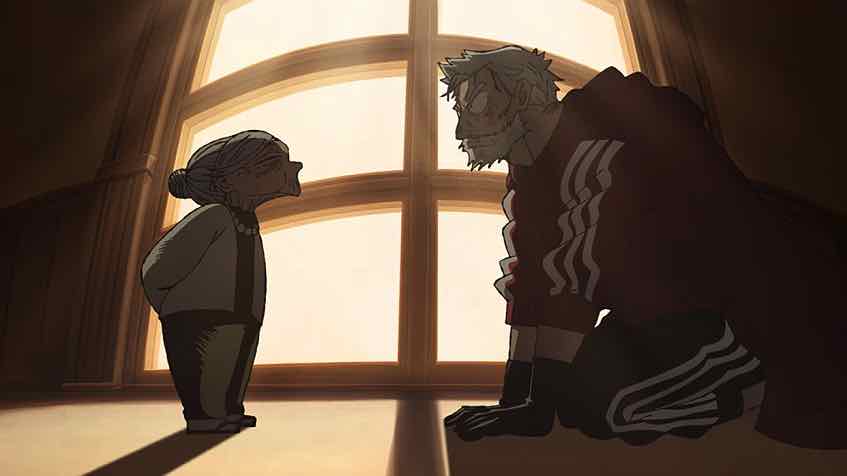
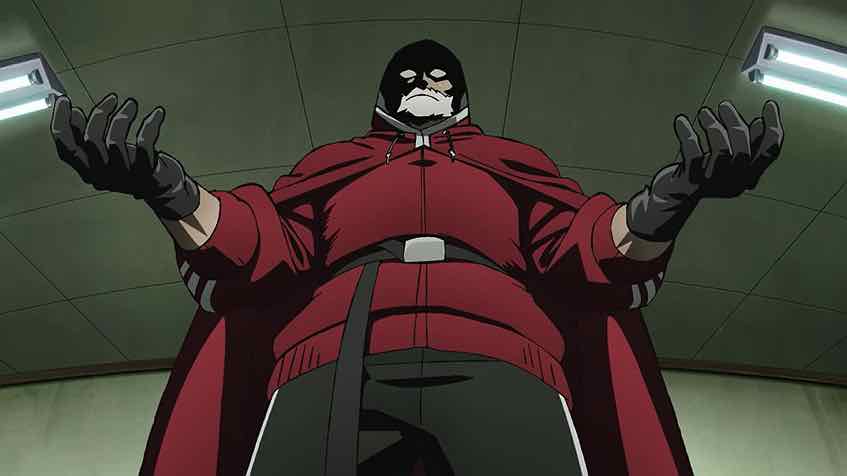
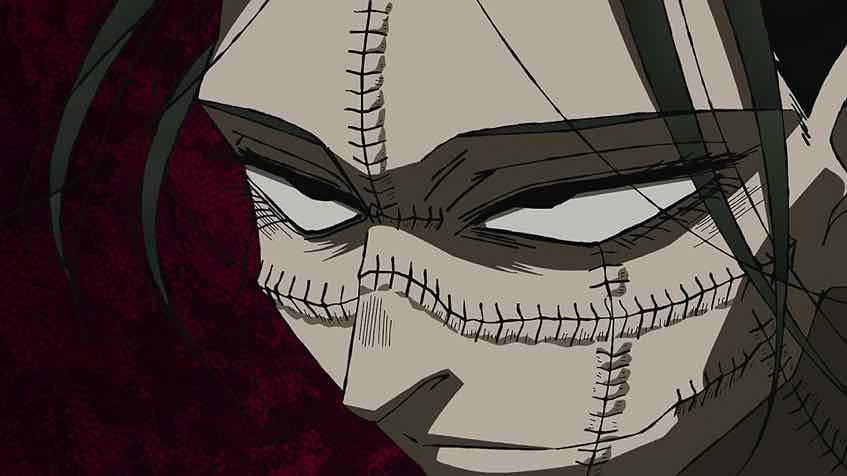


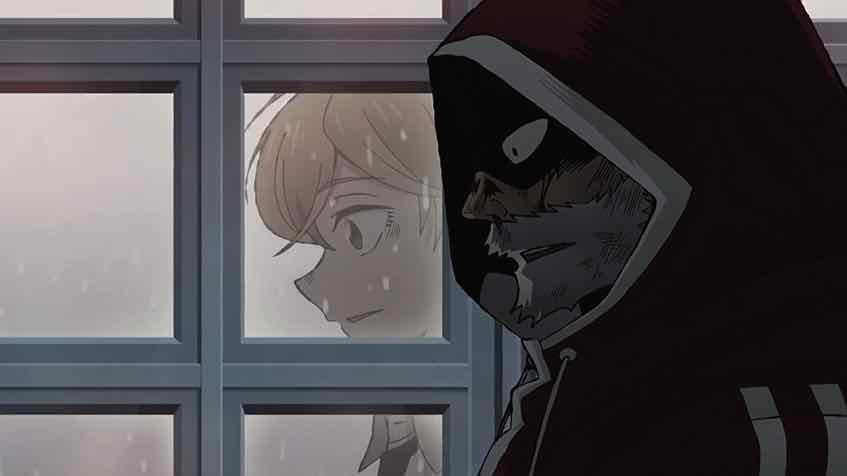
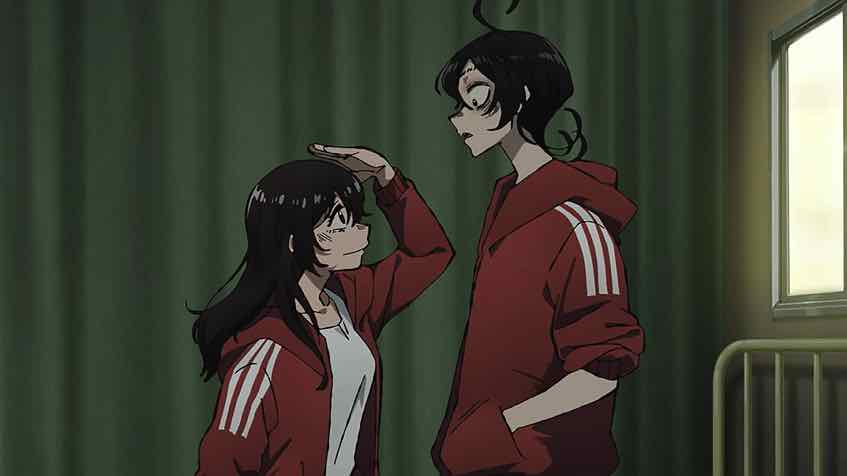
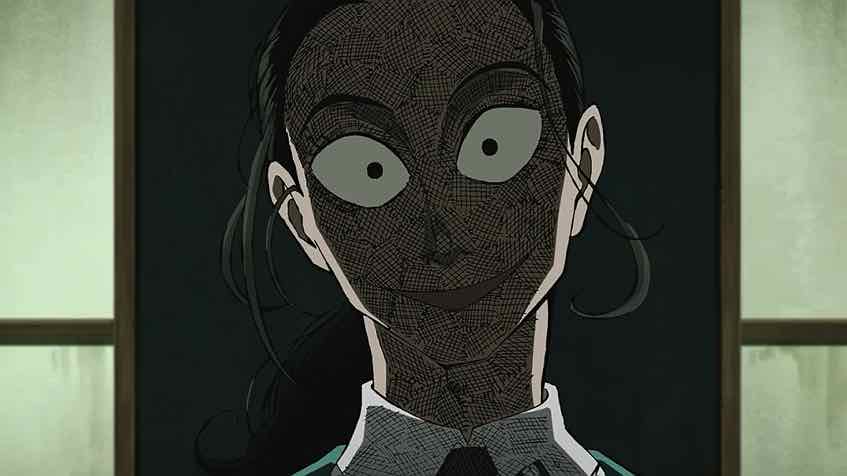

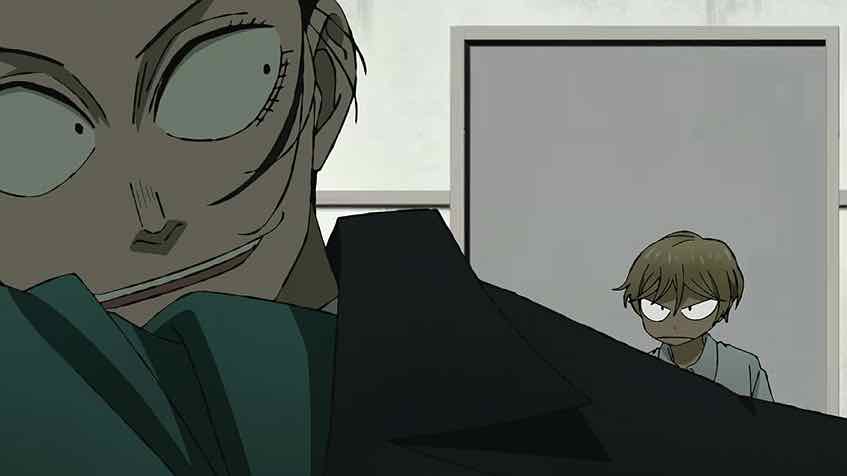
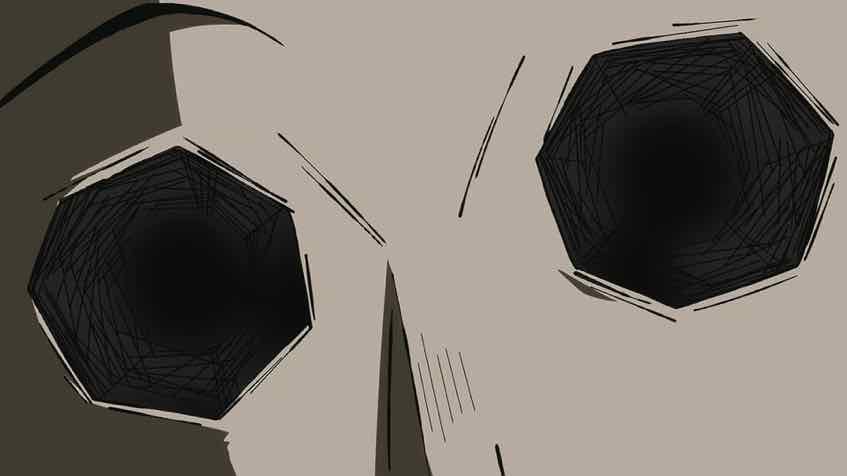
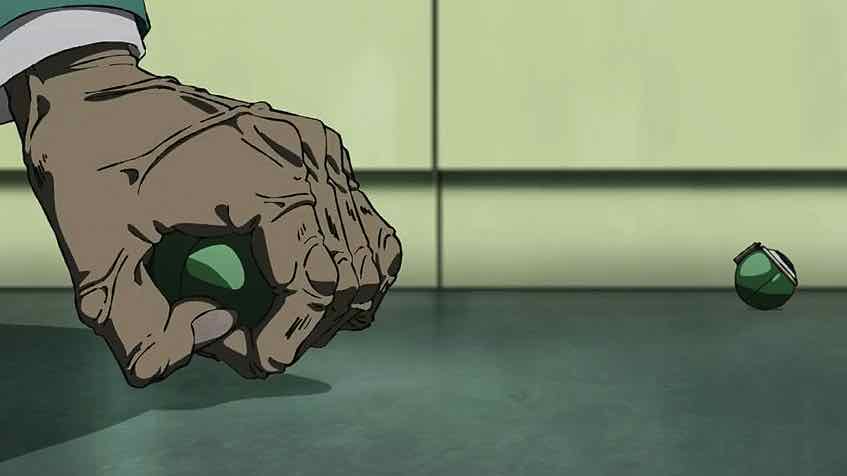
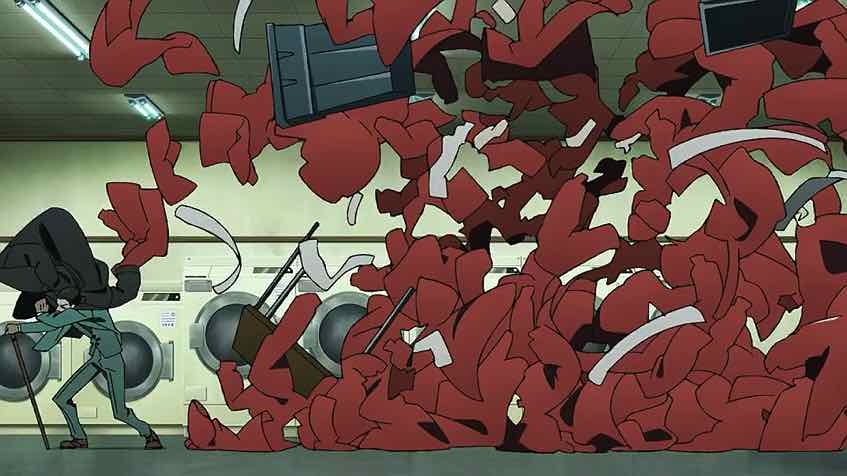
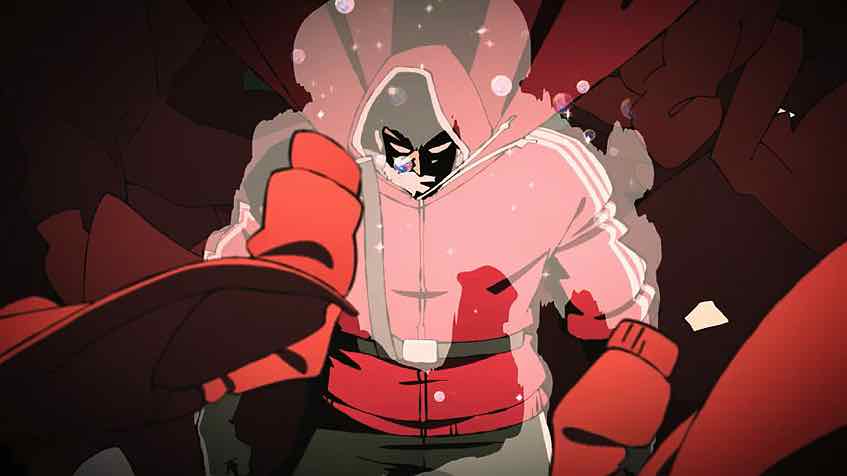
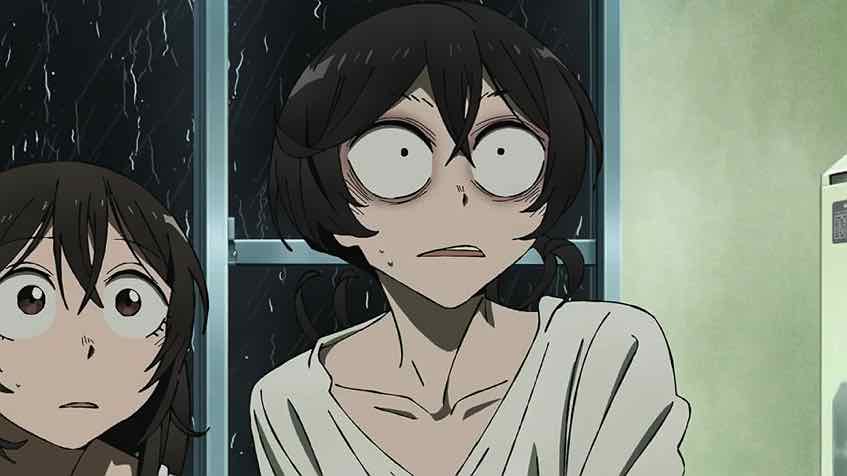


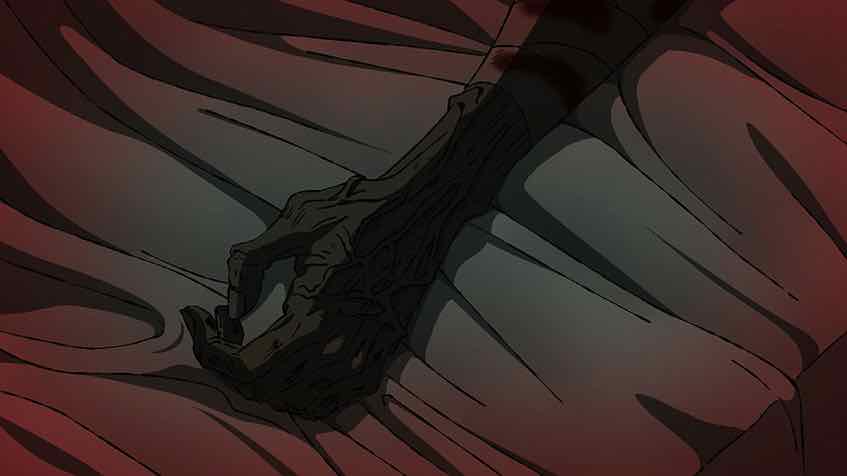

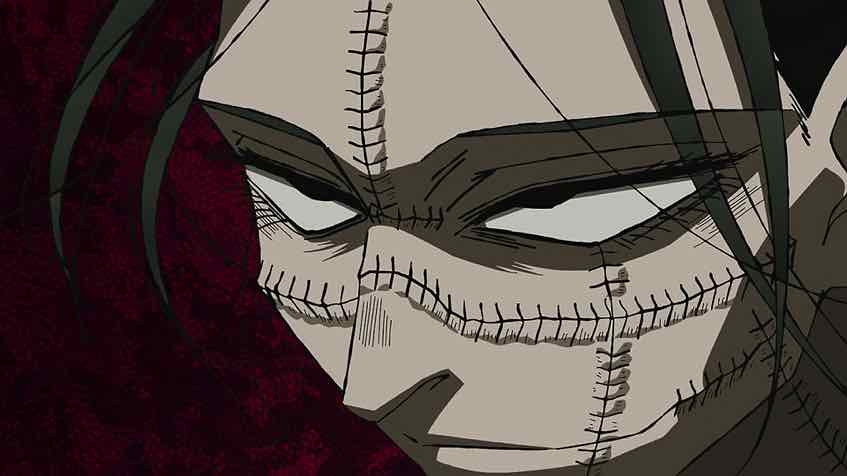
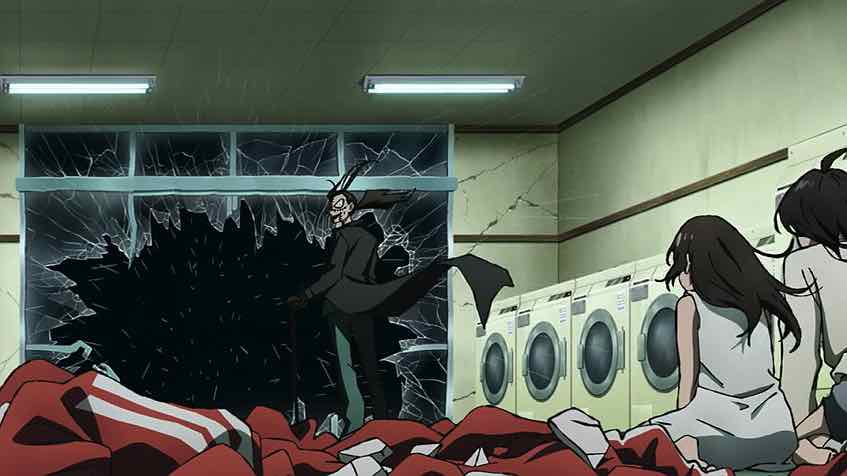
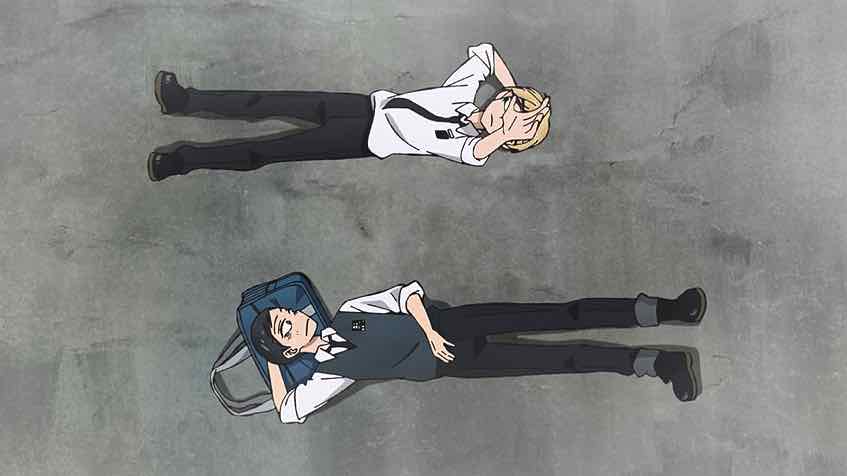
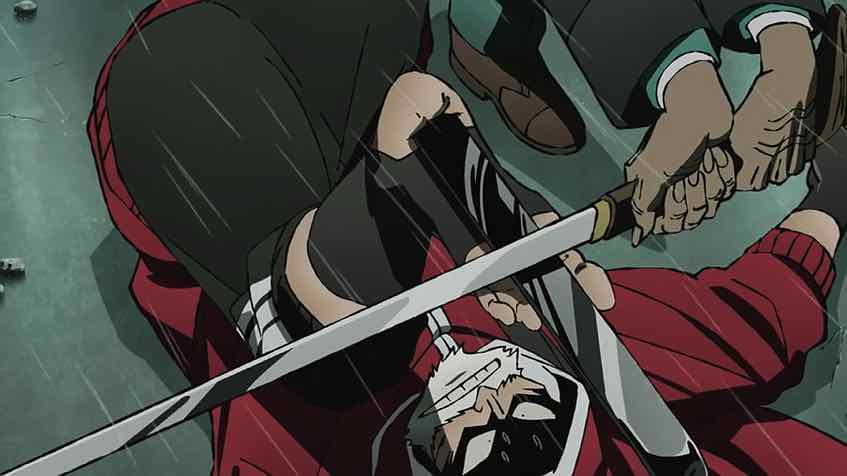


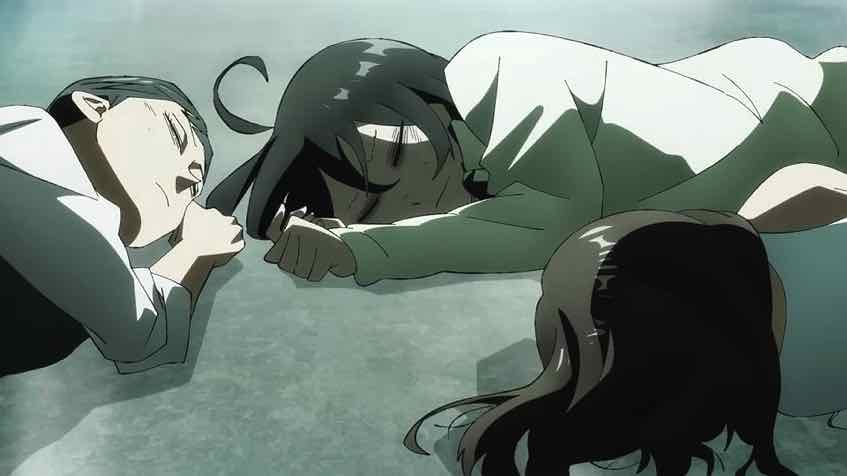
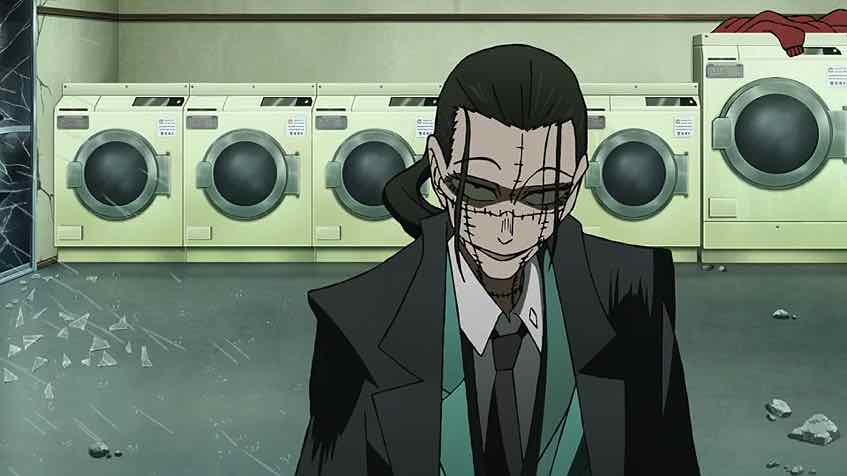

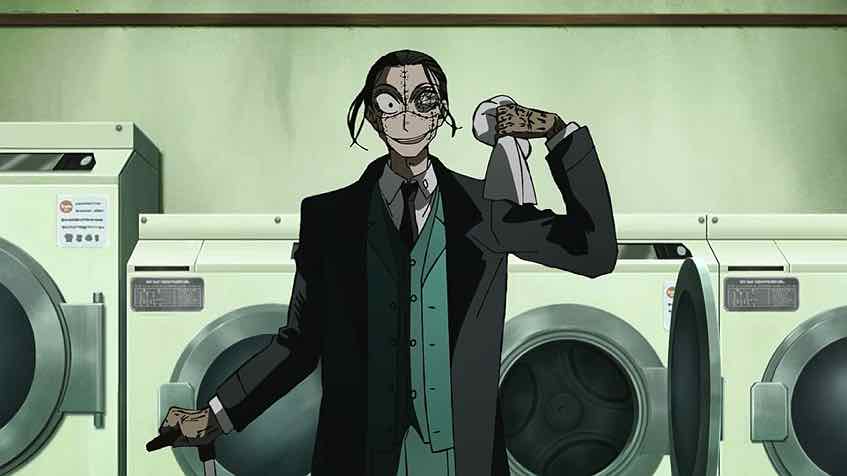
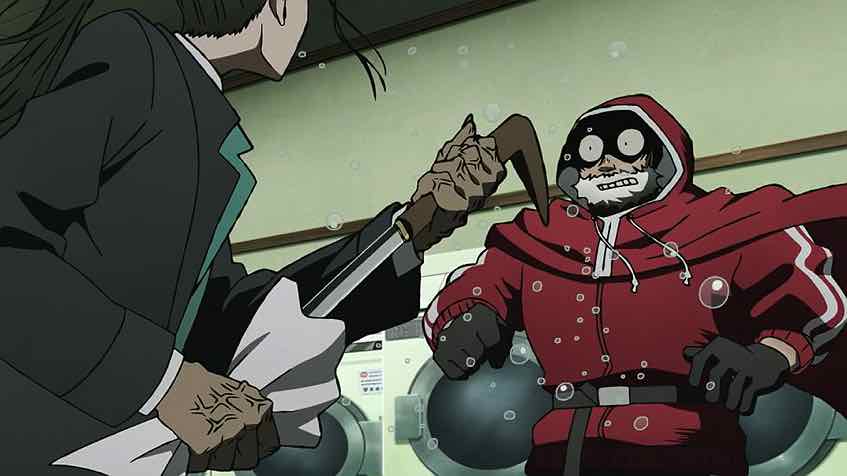
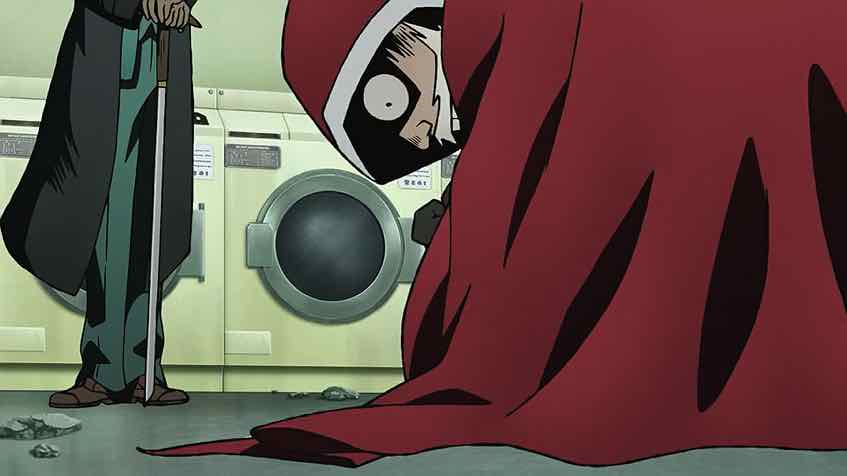
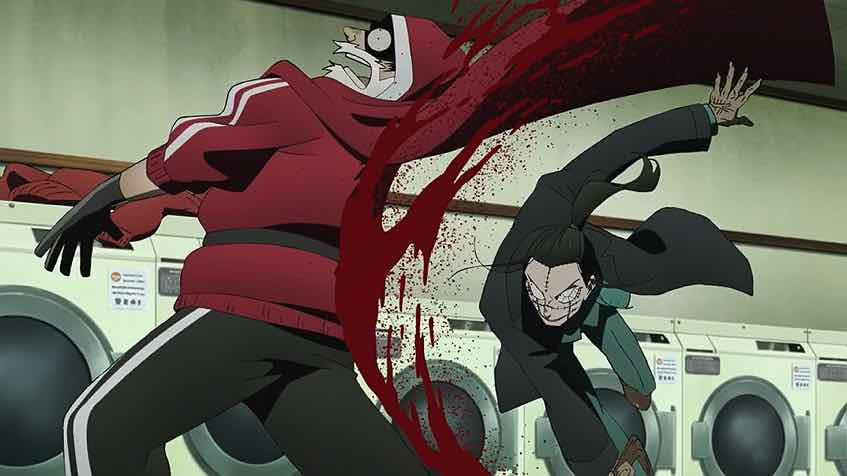
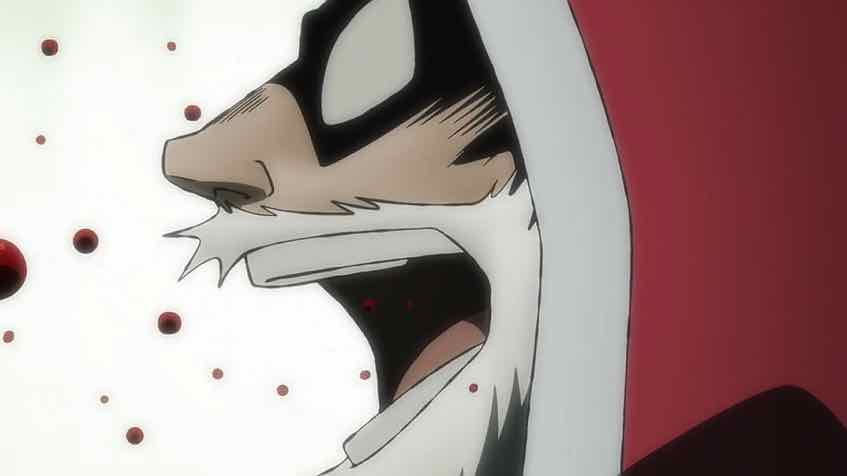
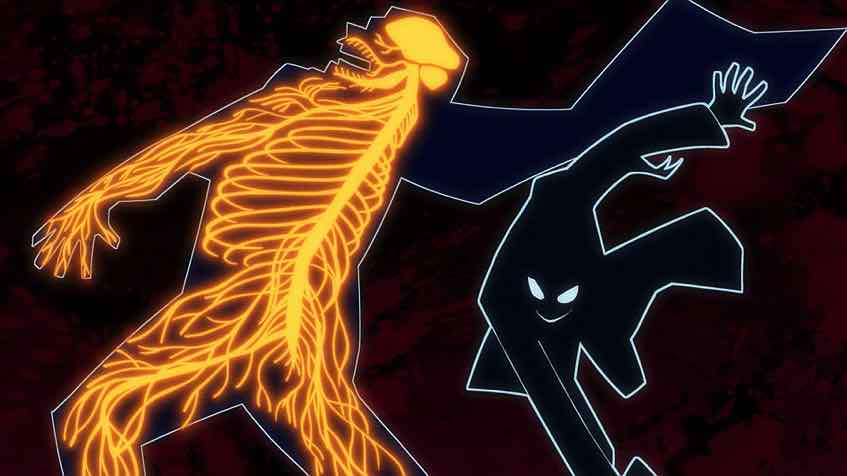
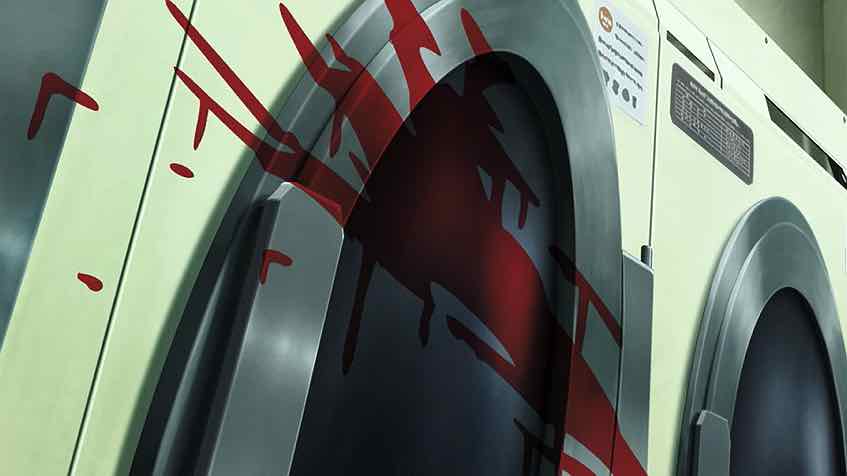

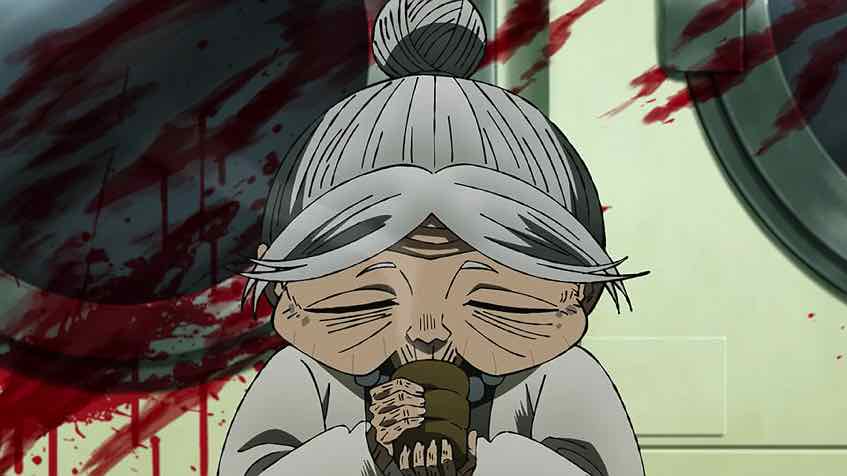
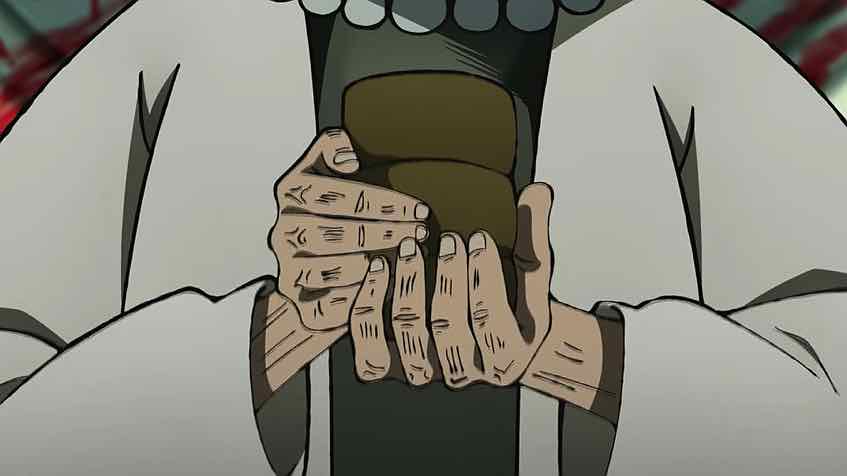
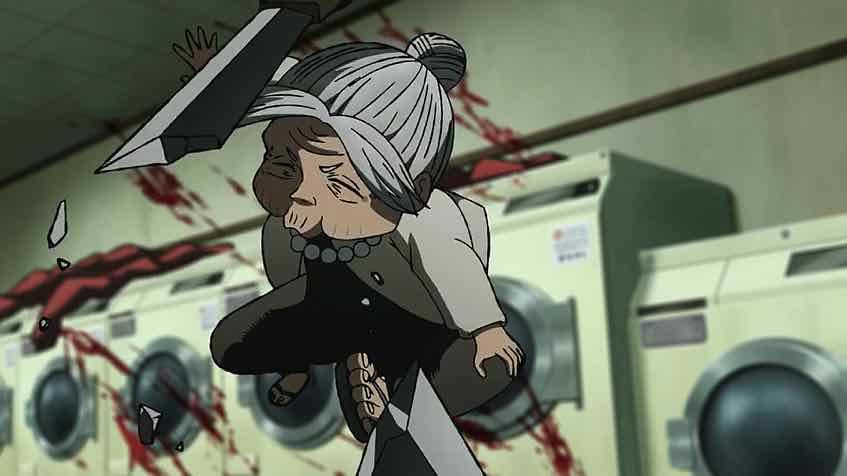

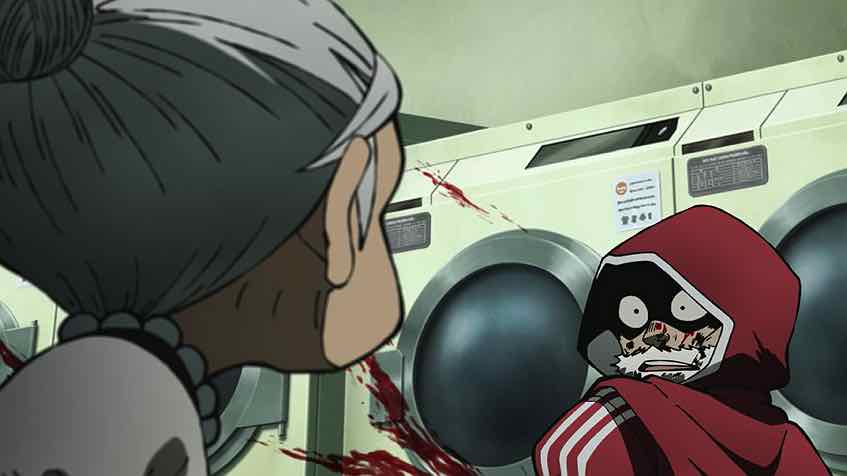
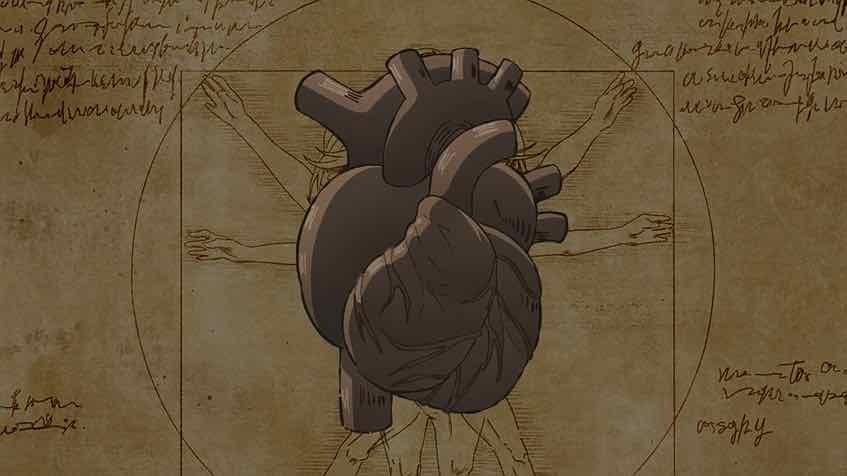
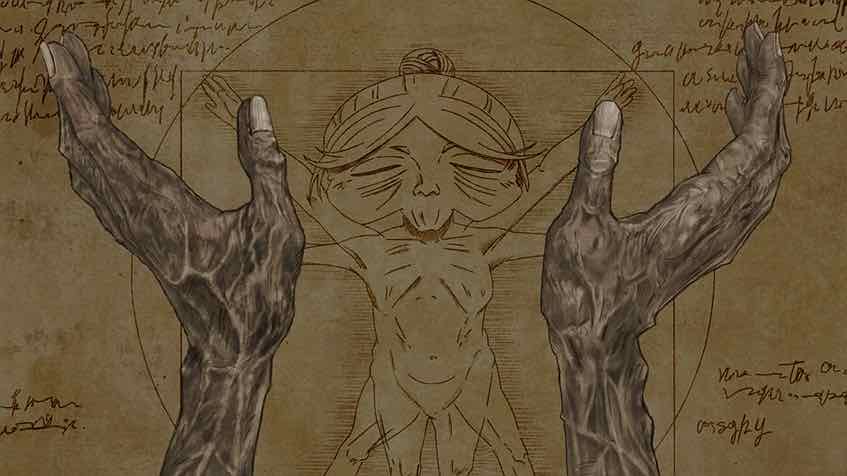
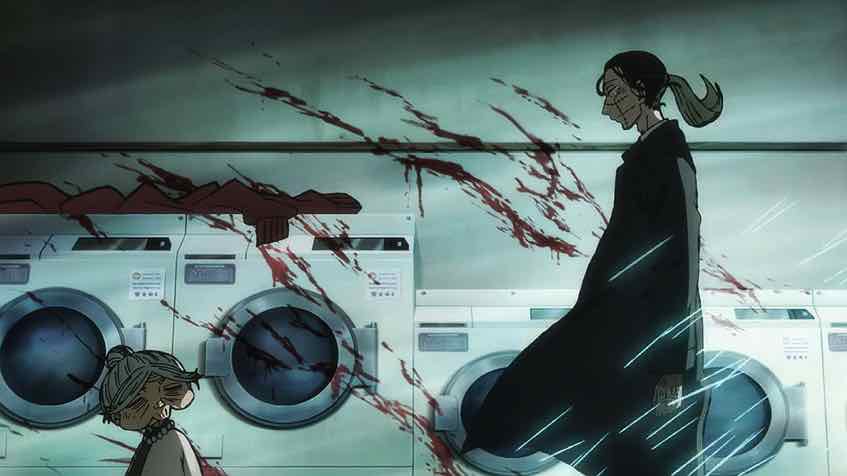
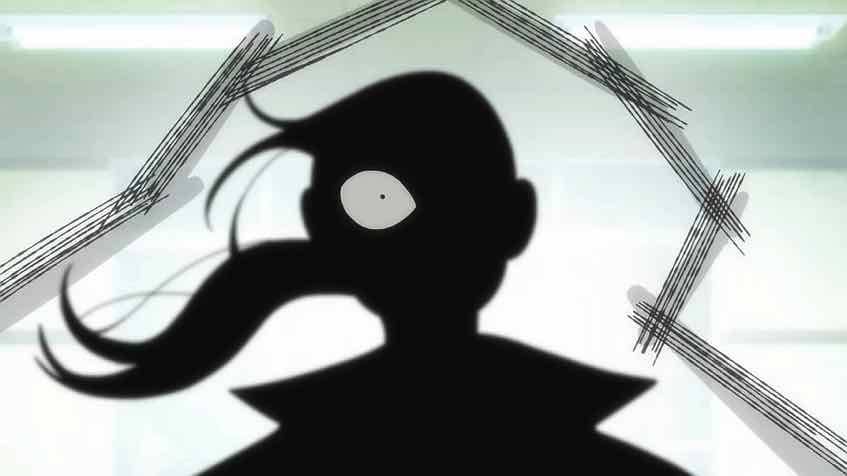
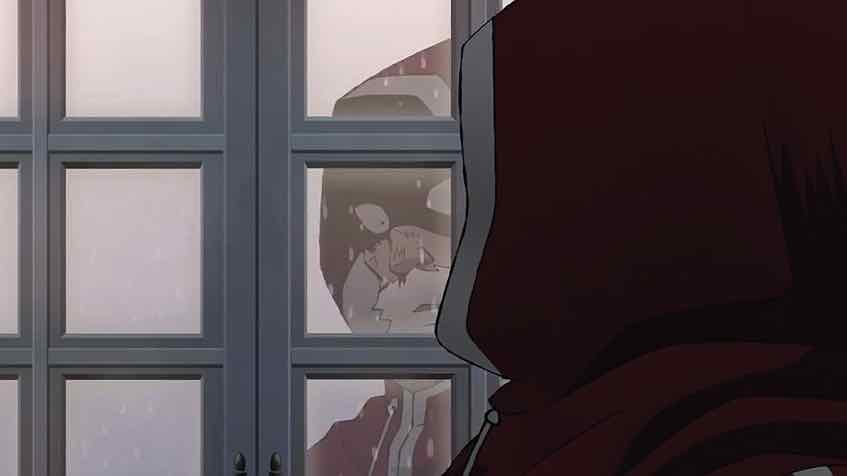
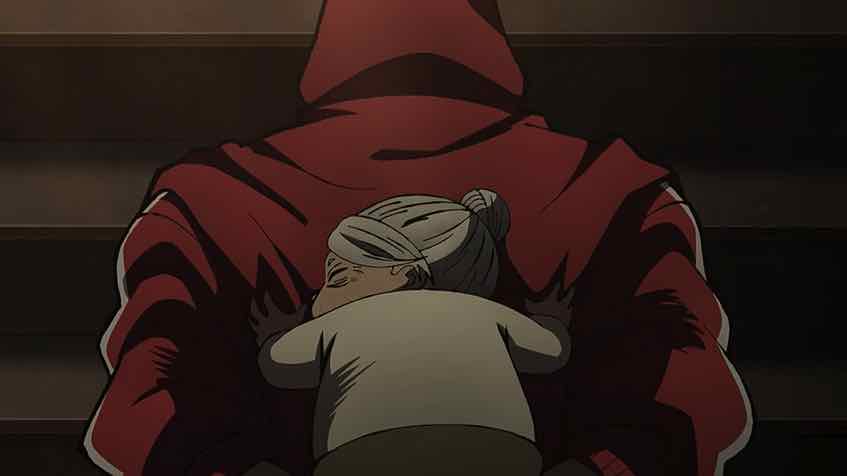
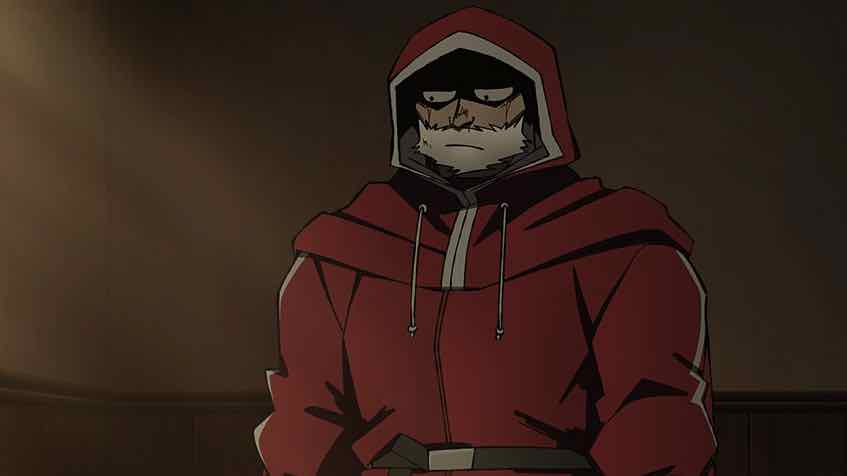
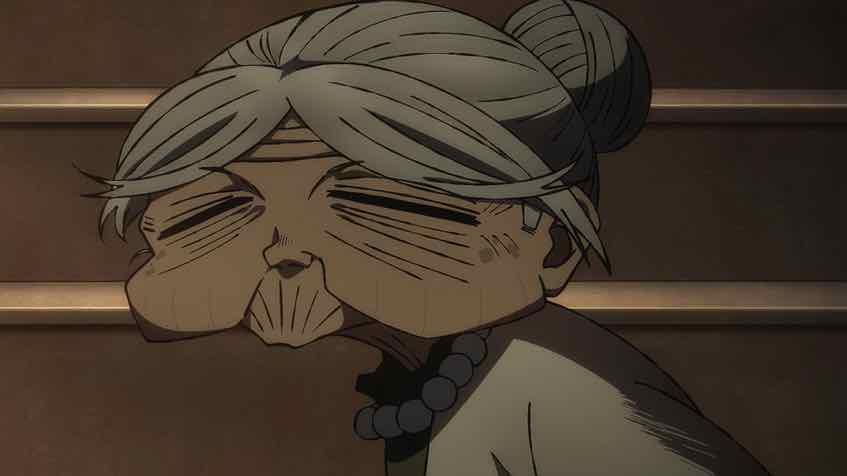
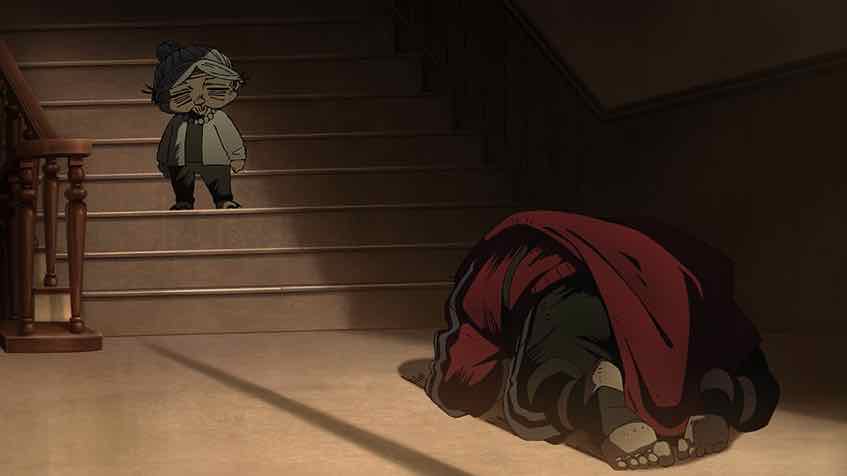
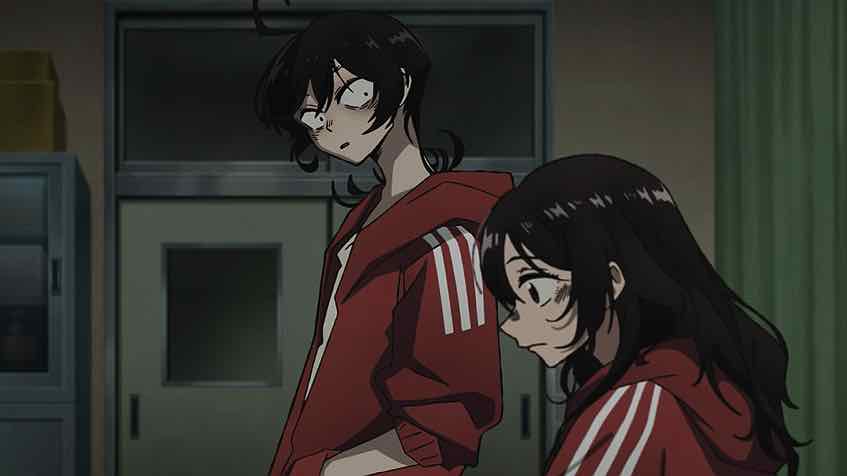
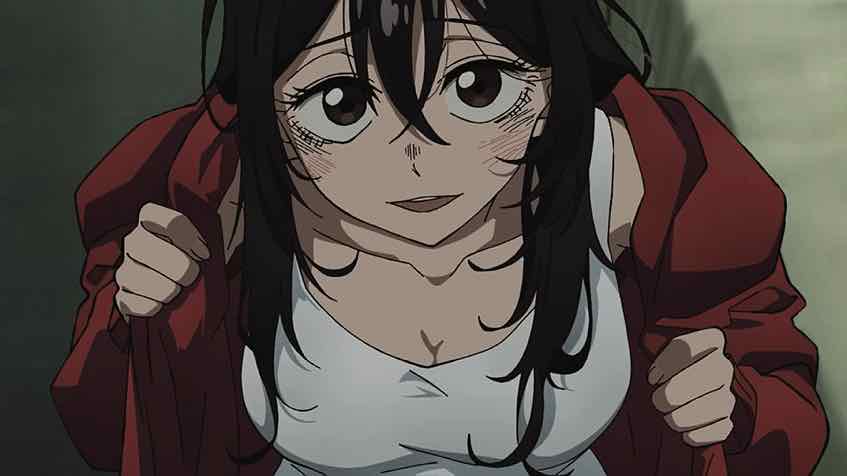

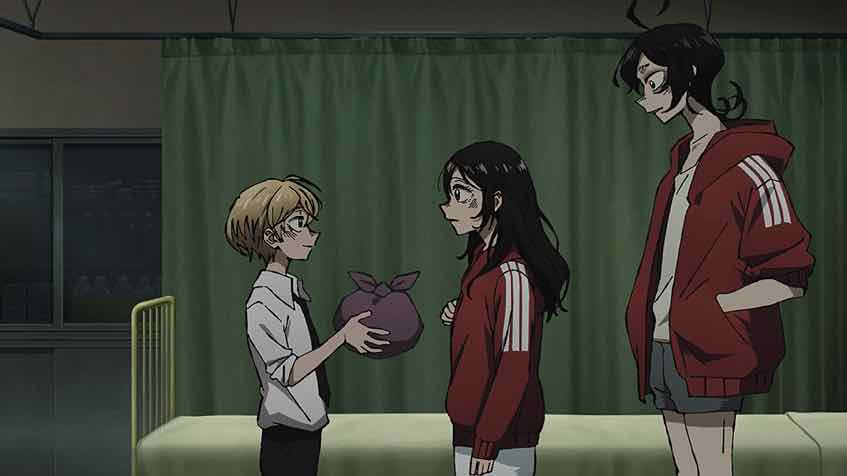
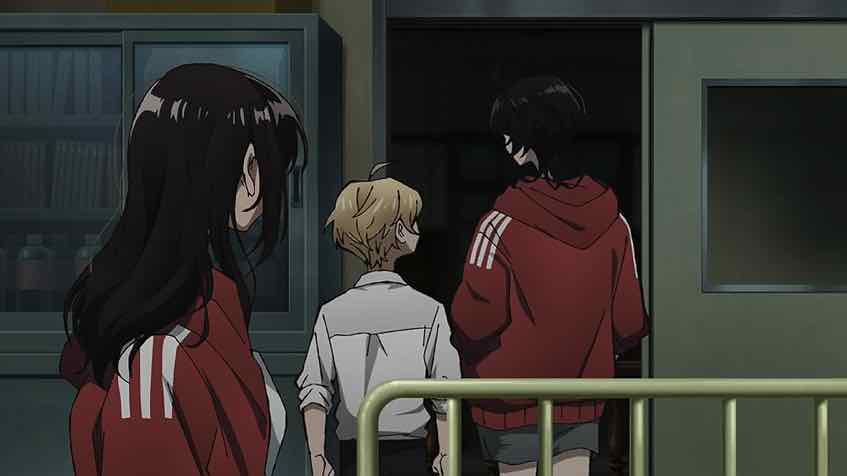
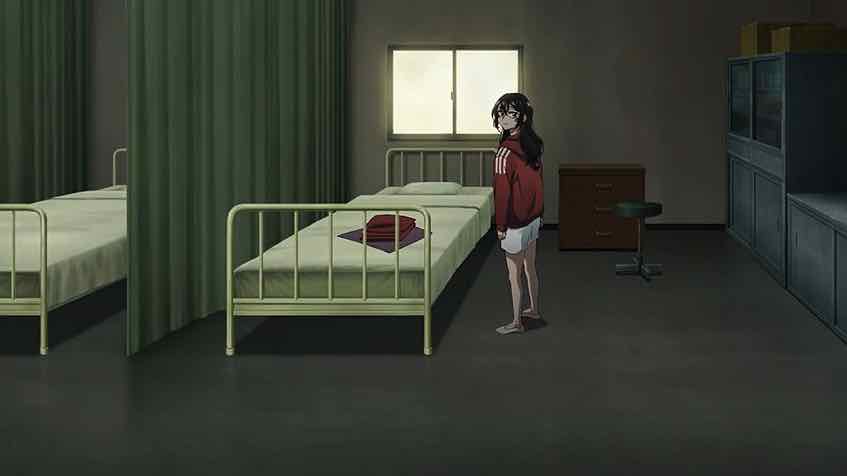


1 comment